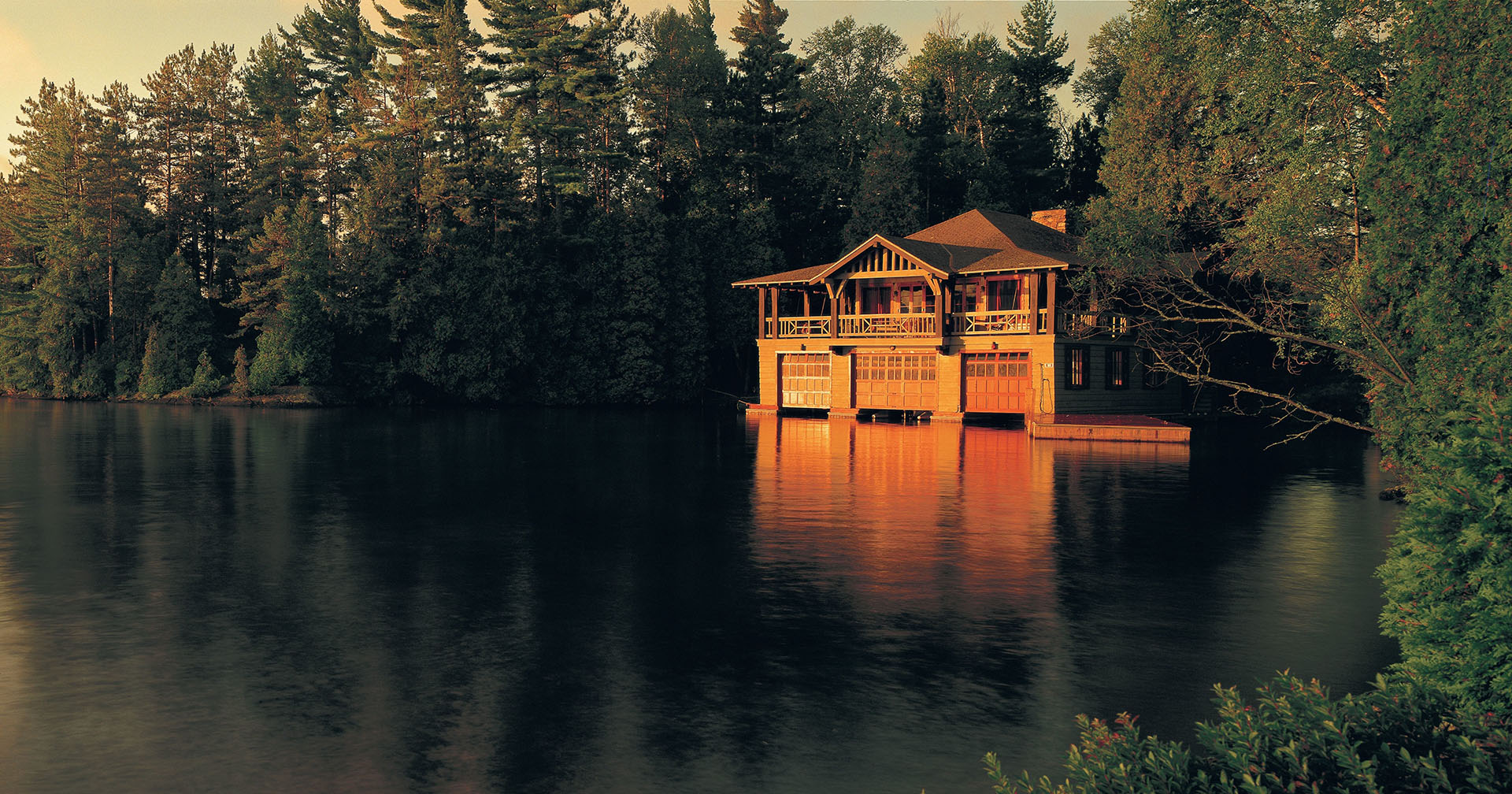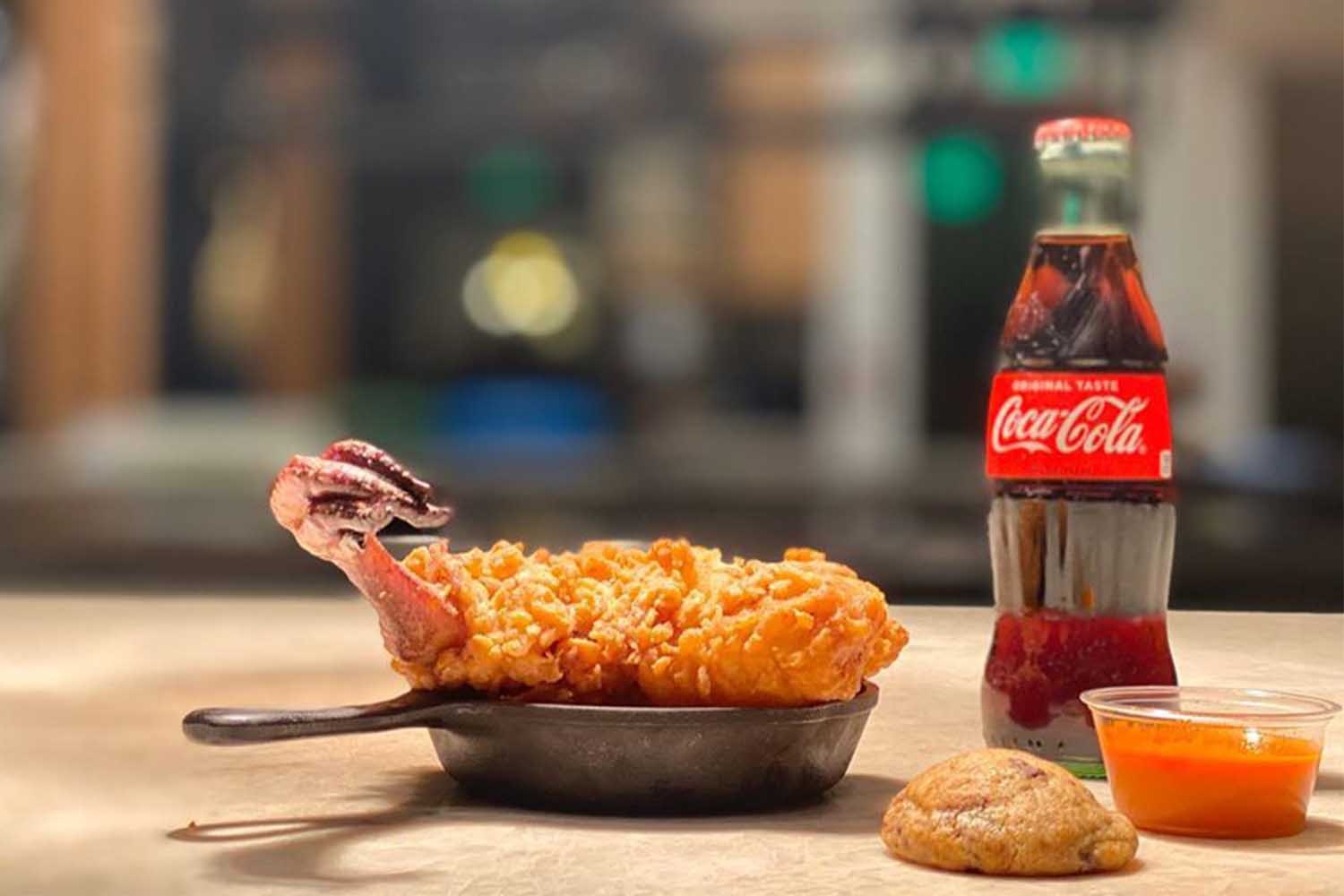When SingleThread opened in California in 2016, it didn’t take long before laudatory reviews began rolling in. A 2018 article by Florence Fabricant in The New York Times explored the restaurant’s ambitious ethos, which also includes a farm where many of the restaurant’s ingredients are grown and an inn where guests can stay. Add three Michelin stars to the equation and you have a sense of how one space rapidly became beloved by so many.
The Times article gave a sense of the scope of the farm side of the project, alluding to “[t]he farm’s vegetable and flower gardens, heirloom fruit orchards, beehives, greenhouse, heritage-breed chickens, grove of more than 100 olive trees, vineyard and cattle.”
But what happens when a restaurant based around a close relationship to the environment finds that environment threatened?
That question is at the center of a new article by Betsy Andrews at Eater detailing the experiences Kyle and Katina Connaughton, SingleThread’s owners, have faced in the last year. Andrews notes that “their experience, though in some respects rarefied, presents a preview of the future of dining amid the realities of the Anthropocene.”
That includes dealing with flooding in farmland, the effects of wildfires and meteorologically distinct storms. “There is reflecting the needs of the landscape, and then there is responding to the exigencies of a landscape under assault by a climate that is violently shifting,” Andrews writes.
So far, the Connaughtons have been able to navigate all of this — though they also have more resources at their disposal than most. But the article raises a worrying question: Could natural disasters, rather than seasons, soon determine how farm-to-table restaurants operate? Besides the mouthwatering descriptions of food on SingleThread’s menu, it’s that question that lingers.
Thanks for reading InsideHook. Sign up for our daily newsletter and be in the know.

















